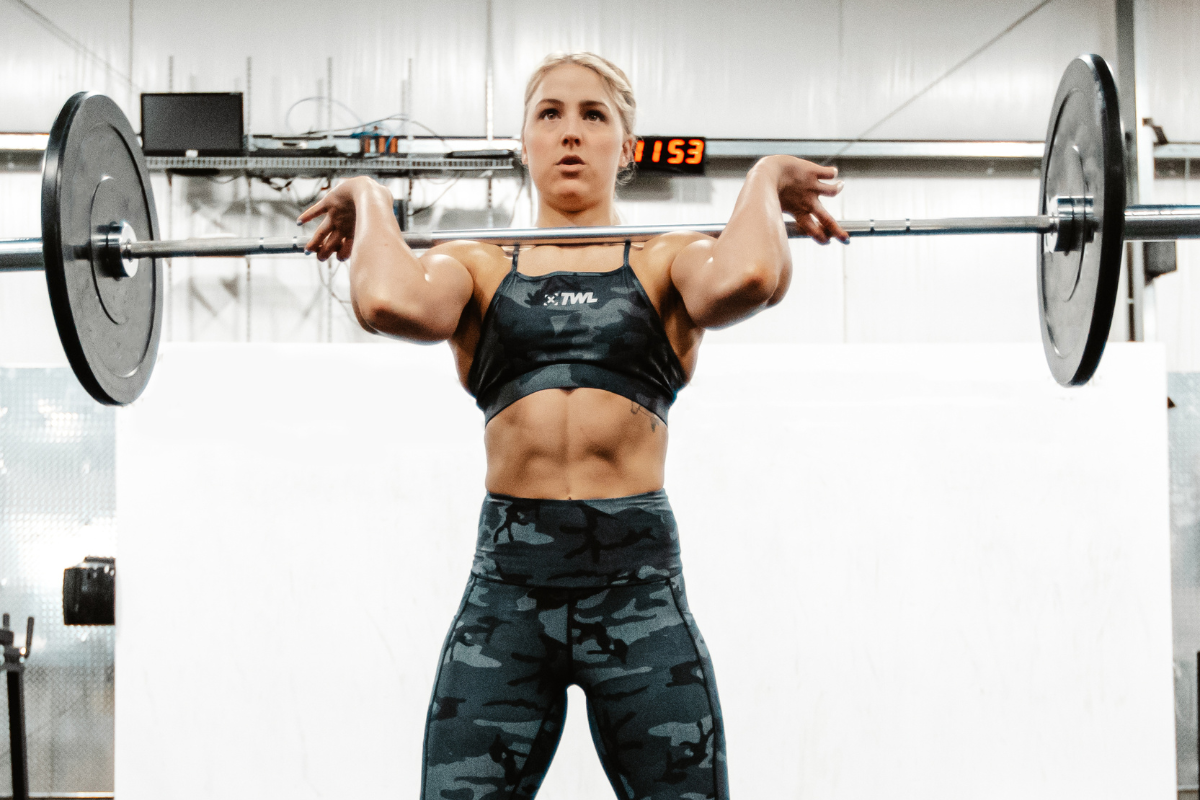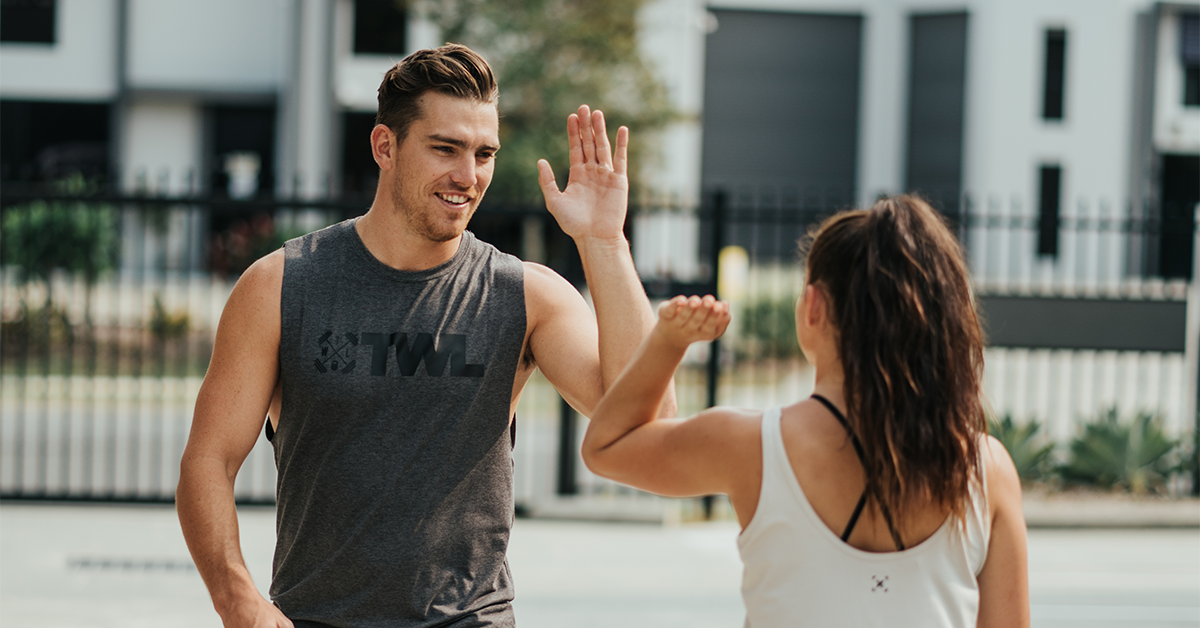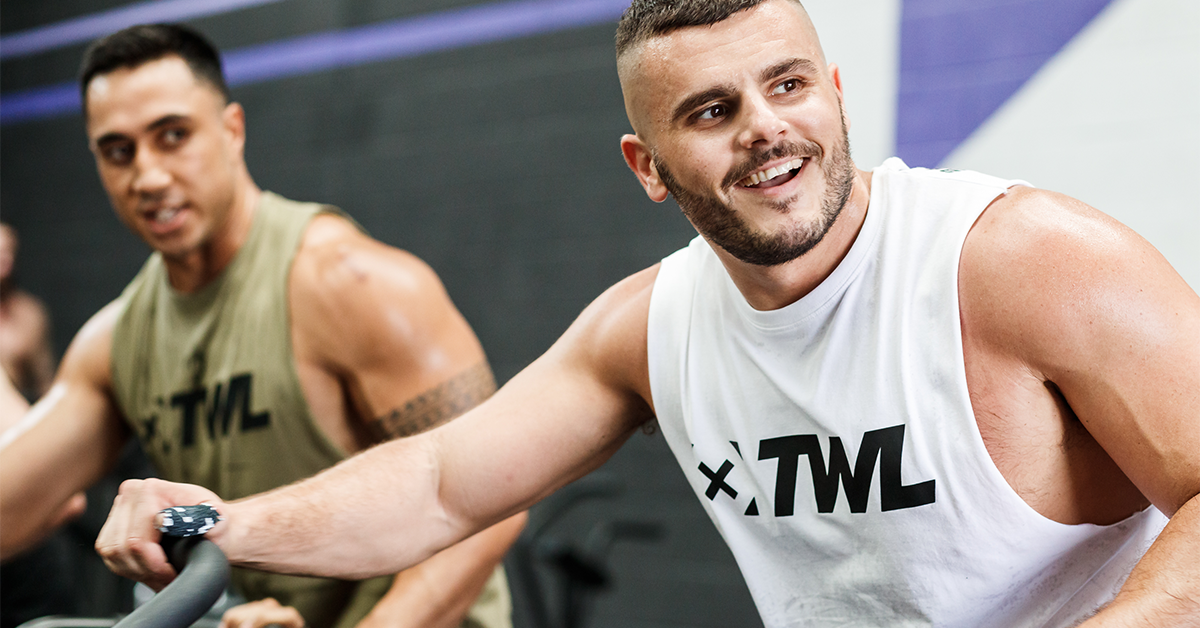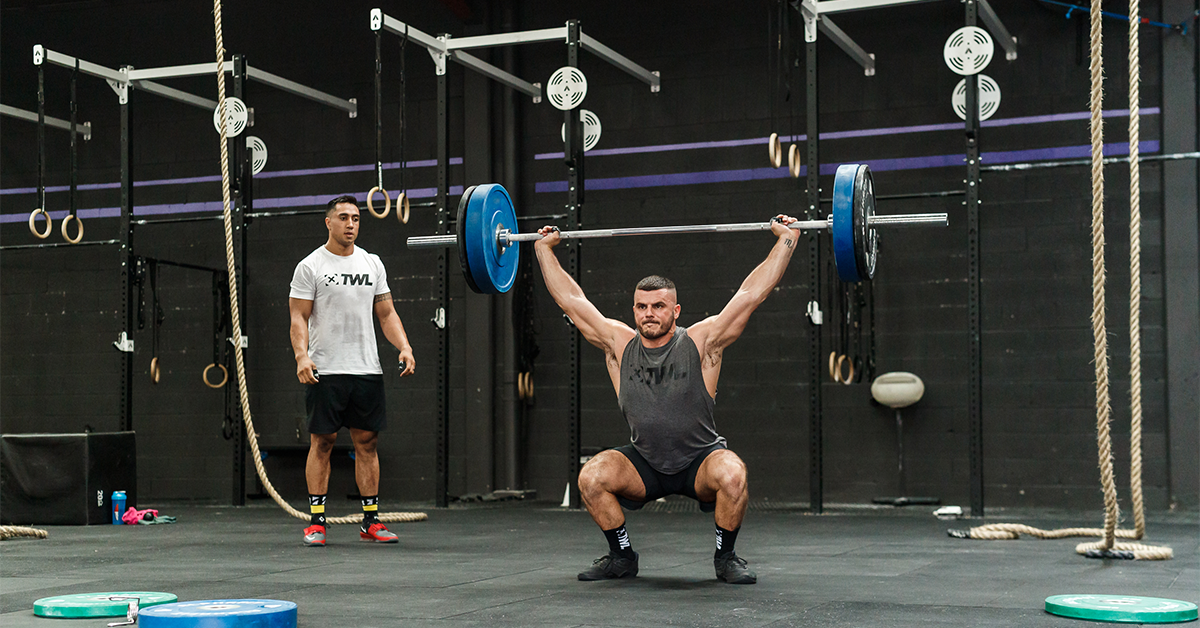This one’s for the little guys. The subtle mistakes that don’t always get the spotlight they deserve. Look, anyone can watch someone from across the room looking like a cat on Halloween and know that ain’t right, but there are a lot of movements where the mistakes aren’t so obvious. You may even fall victim to a few of these mistakes on this list. Movements that you thought you had mastered and tucked away without a second thought. But it just goes to show, everyone has room to grow. Here are six common exercises you might be doing wrong.
6 Exercises Commonly Done Wrong
1. Overarching on Shoulder-to-Overhead
The ol’ standing bench press — classic! Whether you’re doing a strict press, push press, or any other shoulder-to-overhead variation, the goal is to maintain a neutral spine throughout the lift.
Of course, mobility plays a crucial role in one’s ability to not overextend when pressing overhead, but more often than not, the ego plays a part as well — especially when it comes to the strict press. Nobody cares how much weight you can strict press if you look like the number 7 while doing it! To fix this, make sure you perform a proper bracing sequence: Squeeze your glutes, then your abs, then take a deep breath in and hold it in your belly.
2. Excessively Looking Up on Deadlifts and Squats
“The body goes where the eyes go.” I heard this phrase constantly growing up while playing sports. So when I first heard the cue for “eyes up” on a squat, it made sense to me. However, too much of anything is never a good thing.
Now, I’m not saying you should stare at your toes while squatting, but rather that your eyes, head, and neck should remain in a neutral position while lifting. Excessively craning your neck in an effort to stand up easier is misplaced logic. Our spine works better without any kinks in the chains. It allows our nervous system to fire more efficiently and operate in a safer orientation.
3. Elbows Flaring Out on Push-Ups
A fundamentally sound push-up is a beautiful thing. It’s a movement that’s all too easy to bastardize for the sake of meeting the “movement standard.”
An example of not necessarily trying to cut corners, but lacking an understanding of what a sound push-up should look like, is the elbows flaring out throughout the movement. If you’re doing a standard push-up, not a wide or narrow grip variation, the elbows should track backward at about 45 degrees with the forearm directly above the wrist. The sets you up in the strongest pressing position as well as the anatomically safest position.
4. Using the Same Setup for Deadlifts and Cleans
This is a common mistake that usually flies under the radar unless you have a really keen eye or it’s specifically pointed out by a coach. So, while the deadlift and clean setup may look similar, there are subtle differences to each. In the setup of the deadlift, the butt is usually set a bit higher, shins are vertical, weight is in the heels, and head is looking down.
For the clean, the butt is lower, shins are slightly forward, weight is in the forefoot, and eyes are looking toward the horizon. Two different lifts, two different setups.
5. Landing Toe First on Burpees
There’s no technique in a burpee. It’s just lie down and get back up, right? Wrong. The burpee is a sneaky complex movement combining elements of a push-up and squat as well as jumping and landing. It’s much more dynamic than something like an air squat.
A common fault we see in the burpee is landing toe first on the “pop” back up to you feet. This usually causes the athlete to drive their knees forward and in front of the toes. You wouldn’t squat in this position, so why would you jump into it? The goal should be trying to land in your squat stance, feet flat, before standing all the way up and jumping.
6. Not Actually Jumping on Box Jumps
This one is tricky because the box jump is a staple in the functional fitness community, but is the best training tool? Short answer: It can be if you’re doing it right.
The goal of the box jump is to land on the box as similar to the position you takeoff from. All too often, what happens is the athlete jumps and rather than landing in their takeoff position on the box, they land with their butt closer to their ankles. So, how much are they actually jumping compared to just picking their legs up?
A better training tool, albeit not always practical in a class setting, would be to jump and touch a target overhead with their hands. This ensures they are actually jumping and just not meeting the movement standard. That, or just land high on the box.

















